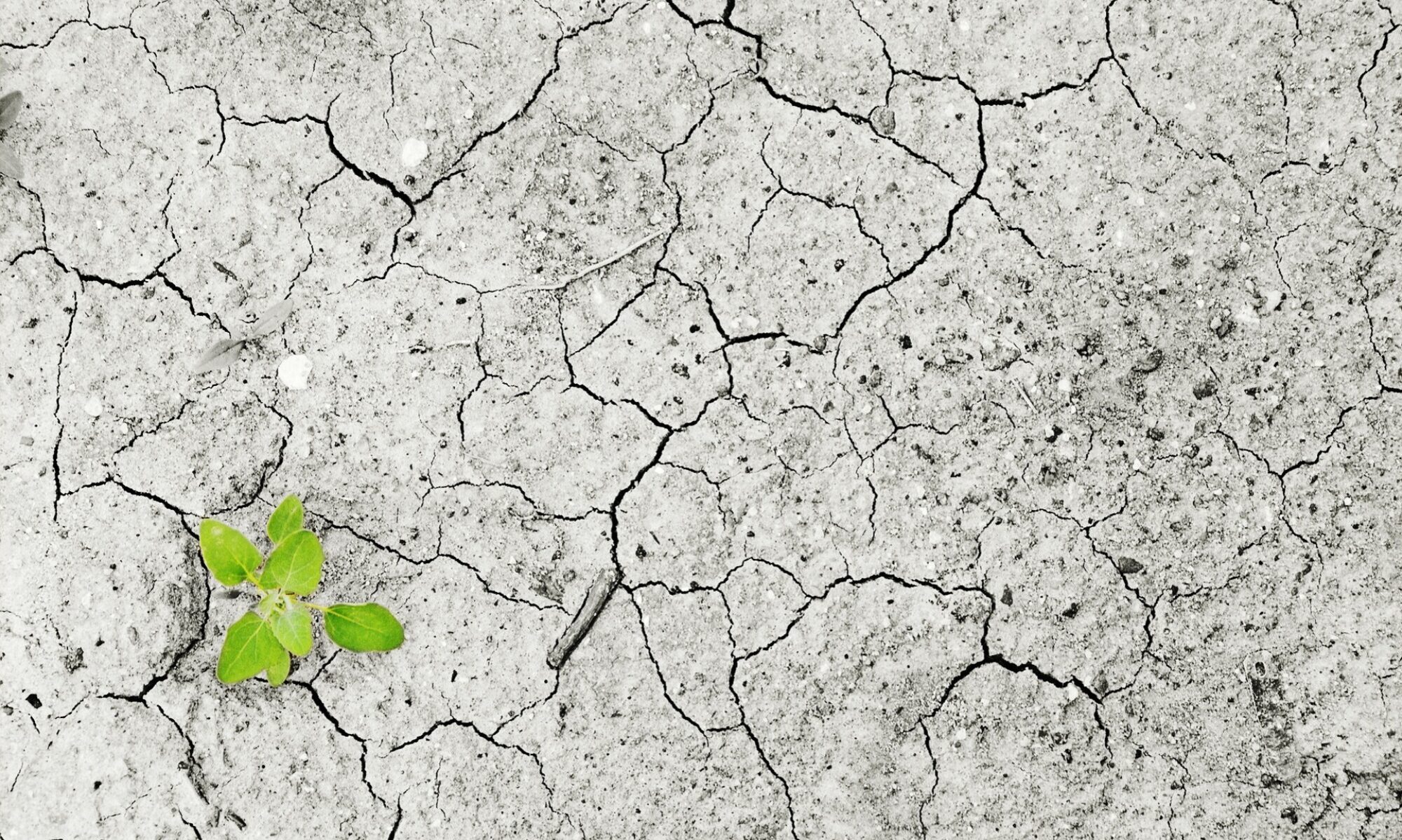13 October 2022 – By Ella Kiyomi Dobson
On Sunday, September 18th, Hurricane Fiona hit Puerto Rico. The island’s southwestern region was devastated by 140kmh (85mph) winds, with the rest experiencing severe flooding. Flash floods and torrential rain continued through Monday 19th, with as much as 30 inches of rain in some areas.
Approximately 3 million people were without power in the days following. One week after the storm, about half of the electrical consumers on the island were still without power. Two weeks after, about 100,000 electrical customers were still without power. As of Wednesday, October 12th, nearly a month later, there are still up to 40,000 people without power. In the southwest city of Cabo Rojo, people are still unsure when they will have power back in their homes.
Frustrations are high amongst the residents with no power, a situation some Puerto Ricans experienced not long ago. Hurricane Maria in 2017 left parts of the island in the dark for a year, weakened the power grid, and some regions are still not fully recovered from the damage from 5 years ago. Another prolonged blackout is something most people do not have the time, energy, or resources to contend with. There has been some critical backlash against Puerto Rico’s governor, Pedro R. Pierluisi, and US-Canadian conglomerate LUMA Energy, who took over power transmission on the island in June 2021. Energy prices have soared in the past year, almost doubling, and is said to be one of the highest of any US territory or state.
Aside from the immediate dangers of natural disasters, the long-term economic, social and political impacts pose a mounting threat. The 2017 hurricane showed that many Puerto Ricans struggled to recover immediately after an extreme weather event. If, as is predicted, these weather events become more common, the time for Puerto Ricans to re-establish following a storm will diminish. As these events begin to compound, there will be little choice but for residents to evacuate with less and less preparation. This cycle of an underprepared disaster response paired with a severe storm may well be underway, with the only hopes of long-term sustainability resting in comprehensive and preventative action by/for Puerto Ricans.



